Summary / TL;DR
Content personalisation is a strategy that tailors digital content to individual users based on demographic, behavioural, and contextual data. This approach enhances relevance, helping businesses better engage users and stand out in a crowded content landscape. Tactics include market segmentation, buyer journey mapping, and persona-driven or algorithm-supported individual customisation. Personalisation methods can improve user experience, increase time spent on a website, and lift conversion rates by addressing specific consumer needs. Implementation requires effective data collection, analysis, and ongoing optimisation. While advanced personalisation takes more resources, results can be measured using KPIs such as engagement, conversion, and incremental revenue.
No one can deny that we, as humans, always prefer personalised things.
However, for some reason, the majority of brand content still lacks the personal touch. Businesses may realise it late, but failing to form connections with users through their content may cost them heavily, especially in today’s saturated market.
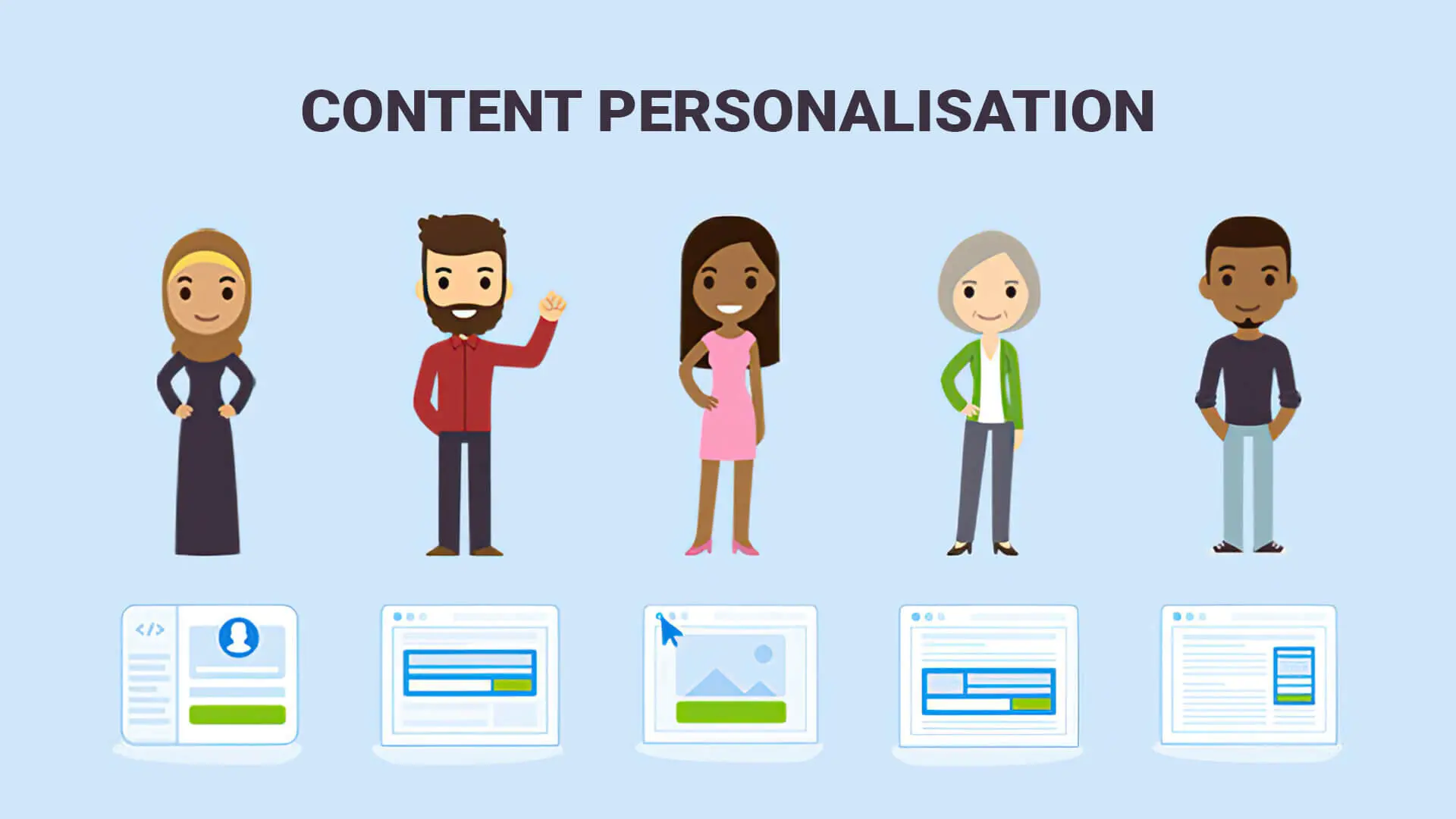
Content marketing has exploded, leading many to churn out similar types of content. Aiming at mass audiences, these pieces often tire consumers with repetitive, irrelevant information.
You can follow a different route by adopting content personalisation tactics to provide more tailored experiences. There’s no need to worry; we’re here to tell you about content personalisation.
Through this guide, we’ll try to help you understand how to make your content more valuable and effective to improve engagement. So, let’s get started, for example!
What Is Content Personalisation?
When creating content, most businesses or even individual creators focus on delivering only one type of content to their target audience.
Content personalisation focuses on curating the content to incorporate personalised content for a personal touch, making the information more valuable to a consumer. It’s similar to how businesses used to send personalised mail to customers to be in touch, which led to trust-building relationships.
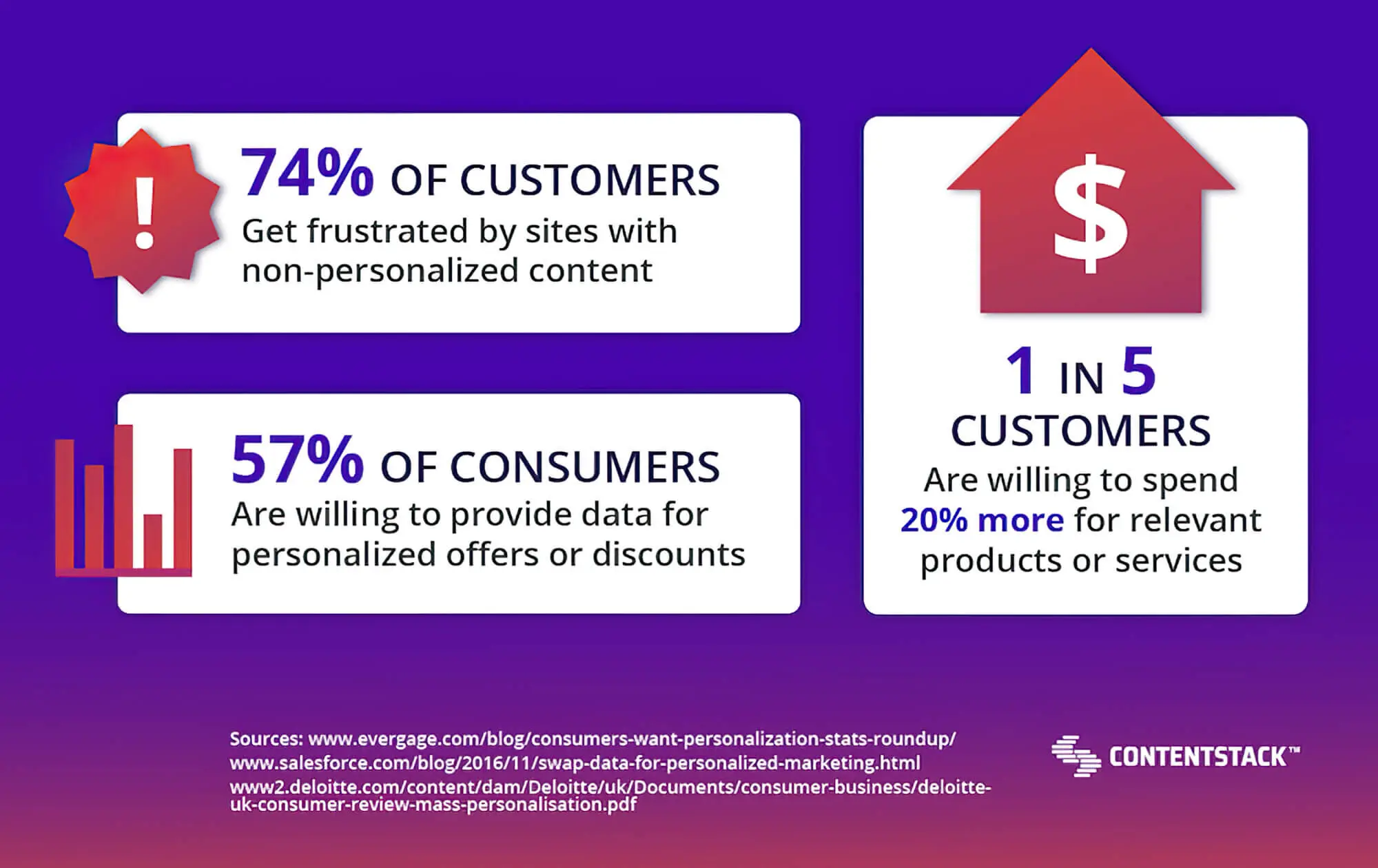
Personalising content has become more accessible, thanks to the collection of user-related data. That’s why many businesses have moved towards content personalisation and building a successful strategy to adjust the content based on a user.
Personalisation increases the relevance of content for consumers. That doesn’t mean you need to personalise each piece of content meticulously. Instead, placing even the slightest variety of information, like their name, in an offer email may bring results.
You can also customise content like newsletters, headlines, and sections of your website, not to mention personalised CTAs. There’s plenty to work with!
As you can understand, the range of content personalisation can vary quite a bit, primarily based on the user data that a website or business can collect. For instance, industry giants like Amazon or Netflix can personalise much of their content and even create personalised suggestions for individual users because of the available data.
Here are the three types of data used in content personalisation:
1. Demographic Data
This is the most common form of data that you’ll find from the users who come to visit your website. It includes age, gender, education, employment, and income information, among other things. You can use the demographic data to send relevant content or promotional offers to users that are valuable and relevant to their needs.
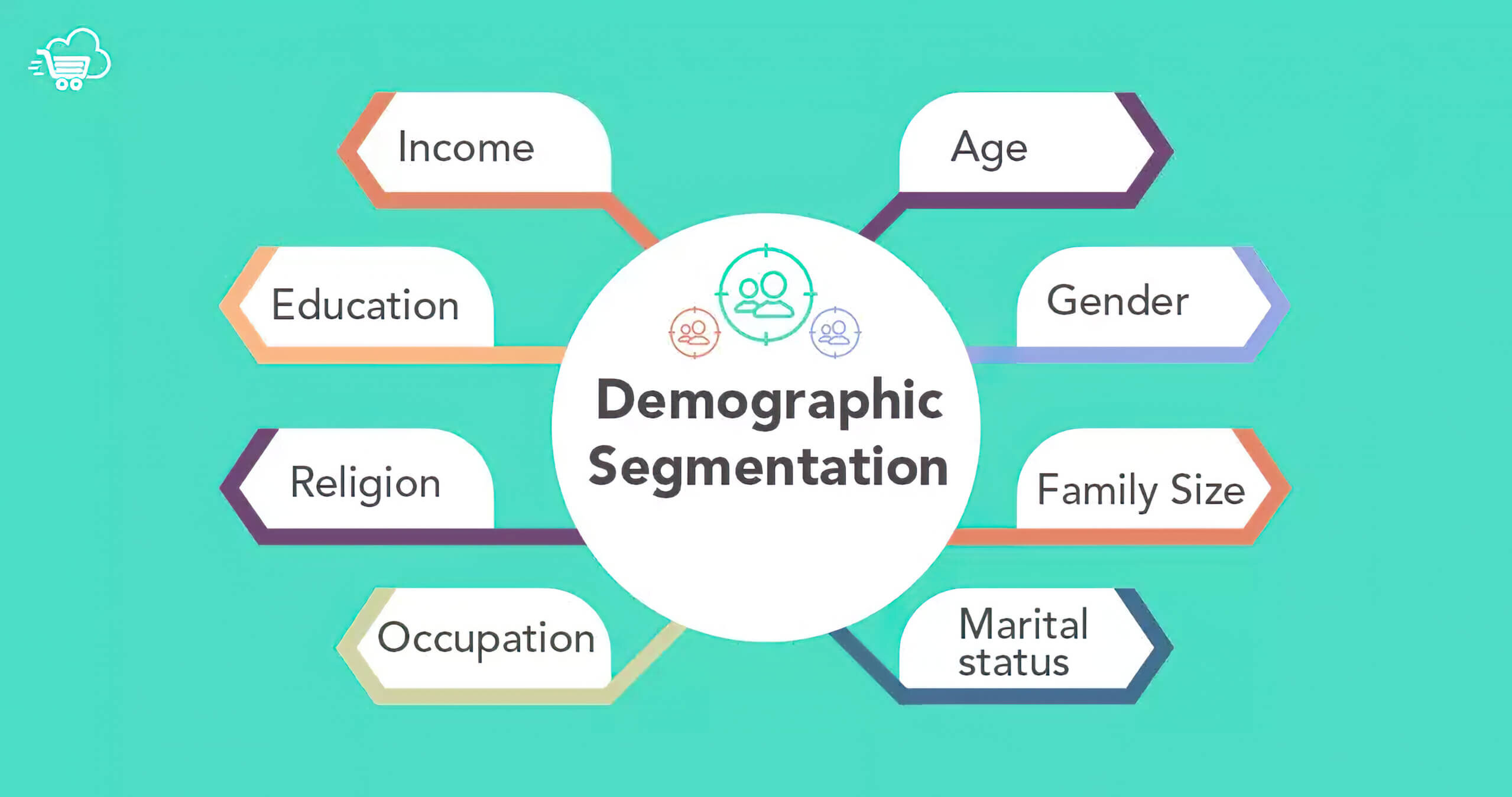
2. Contextual Data
Sometimes, you’ll need to focus on tweaking the user experience based on the relevant facts available from their environment. This creates the need to gather contextual data, like the device type or browser used, geographic location, and social media interactions.
3. Behavioural Data
The data generated on your website for individual users can be a goldmine for personalisation. This includes their website activity, buying history, shoppers’ behaviour, and search history.
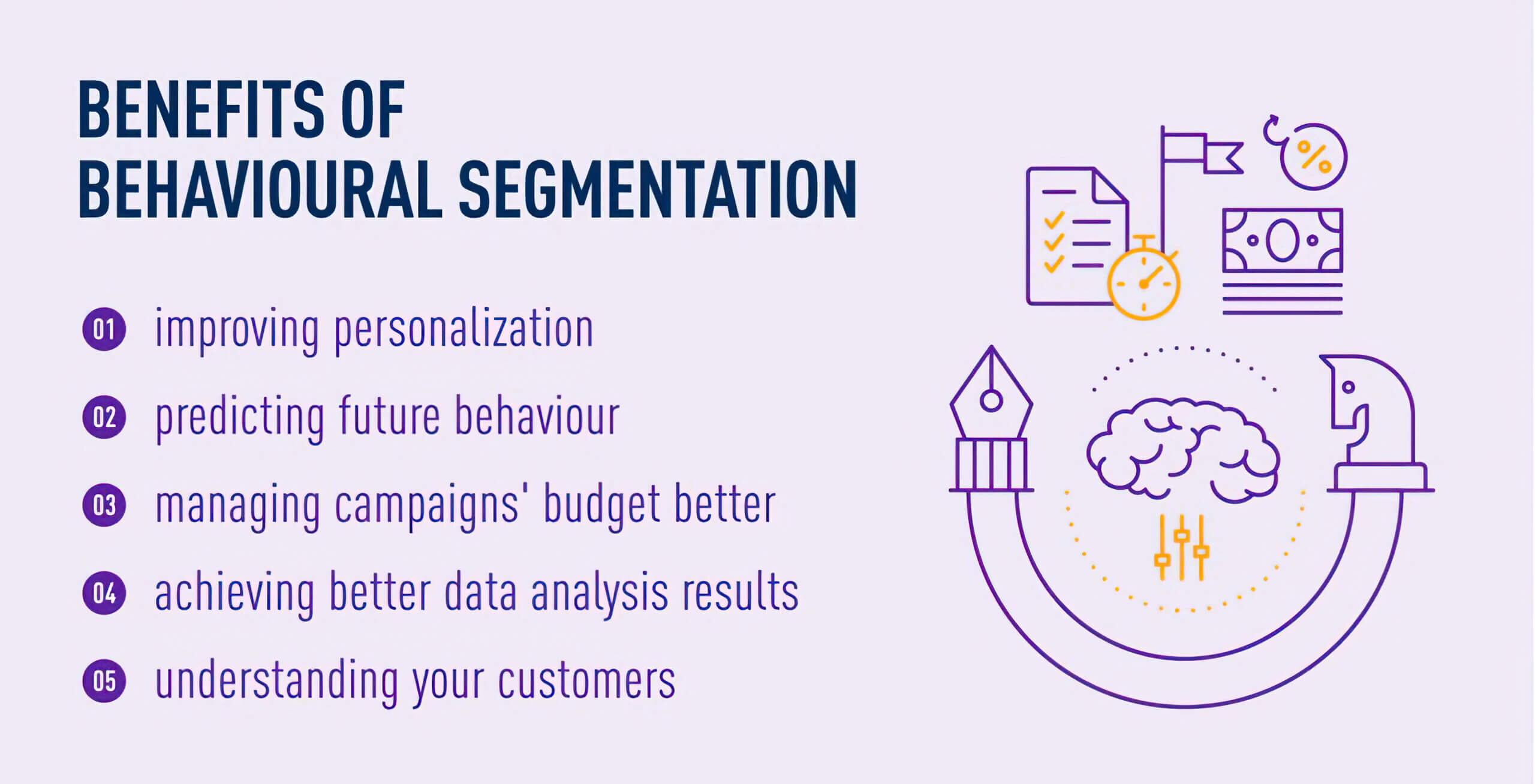
Types Of Content Personalisation
Personalised communication is a key tool for attracting more users, but it needs to be tailored based on the end goal. Businesses and websites may choose a content personalisation strategy based on one form of personalisation or a blend of different forms. So, let’s look at the major types of content personalisation.
1. Market Segmentation
One of the most basic forms of content personalisation can be done based on the user data collected on demographics and market trends. As you can understand, the level of personalisation is still on the lower side, meaning that you will curate the content for multiple people or a mass audience.
Audience segmentation is commonly used in creating segmented advertisement ads and campaigns and in product development. However, as this type of personalisation targets a broader group of people, it isn’t the best method for building a lasting relationship with users or customers.
2. Buyer Journey-Based
Every buyer or user who visits your website has several contact points before they purchase or buy a product or a service. In buyer-journey-based personalisation, the content has to be built around the entire sales funnel journey of the site visitors.
Your website or business can provide personalised content based on where users came from. For instance, you can tailor different content for traffic coming from social media, email marketing, or guest posts with your customer journey mapping.
Some businesses map the entire customer behaviour journey to optimise and produce personalised content for different stages in the buying process. This can reassure an indecisive buyer or user as the content may deliver relevant information to help them make the right decision.
3. Persona-Based
Another way to personalise content is to find buyer personas that match your business or website. You can gather valuable data from store purchase history, user navigation, and market studies. You can also analyse social networks and conduct customer surveys to learn more about your users’ needs, problems, and expectations.
This user and customer data come in handy to create unique and valuable content and campaigns that speak to the audience. Remember that the content should ensure to address how the product or service would meet a user’s needs to create a stronger relationship.
4. Individual Or Advanced Personalisation
Though a bit more technical and time-consuming, individual or advanced content personalisation is rising in popularity. It requires you to account for each user or customer’s data and provide them with content that lends a personal touch. This is usually done through advanced algorithms and machine learning to simplify the process, and they’re responsible for collecting and mapping individual users’ behaviour.
Alternatively, you can take a more advanced personalisation route by making your content more human-centric with tailored recommendations. Your potential customers or site visitors should feel that the established relationship is genuine, helpful and successful content personalisation rather than dependent on their final purchasing actions.
Why Is The Use Of Content Personalisation Important?
Even though the concept of content personalisation has been around for a while, no one used it as they do now. The sudden increase in popularity, a fact, often poses a dilemma among creators or businesses about adopting personalisation into their content marketing strategies. Let’s start by telling you about some points that support our claim of adding a personal touch.
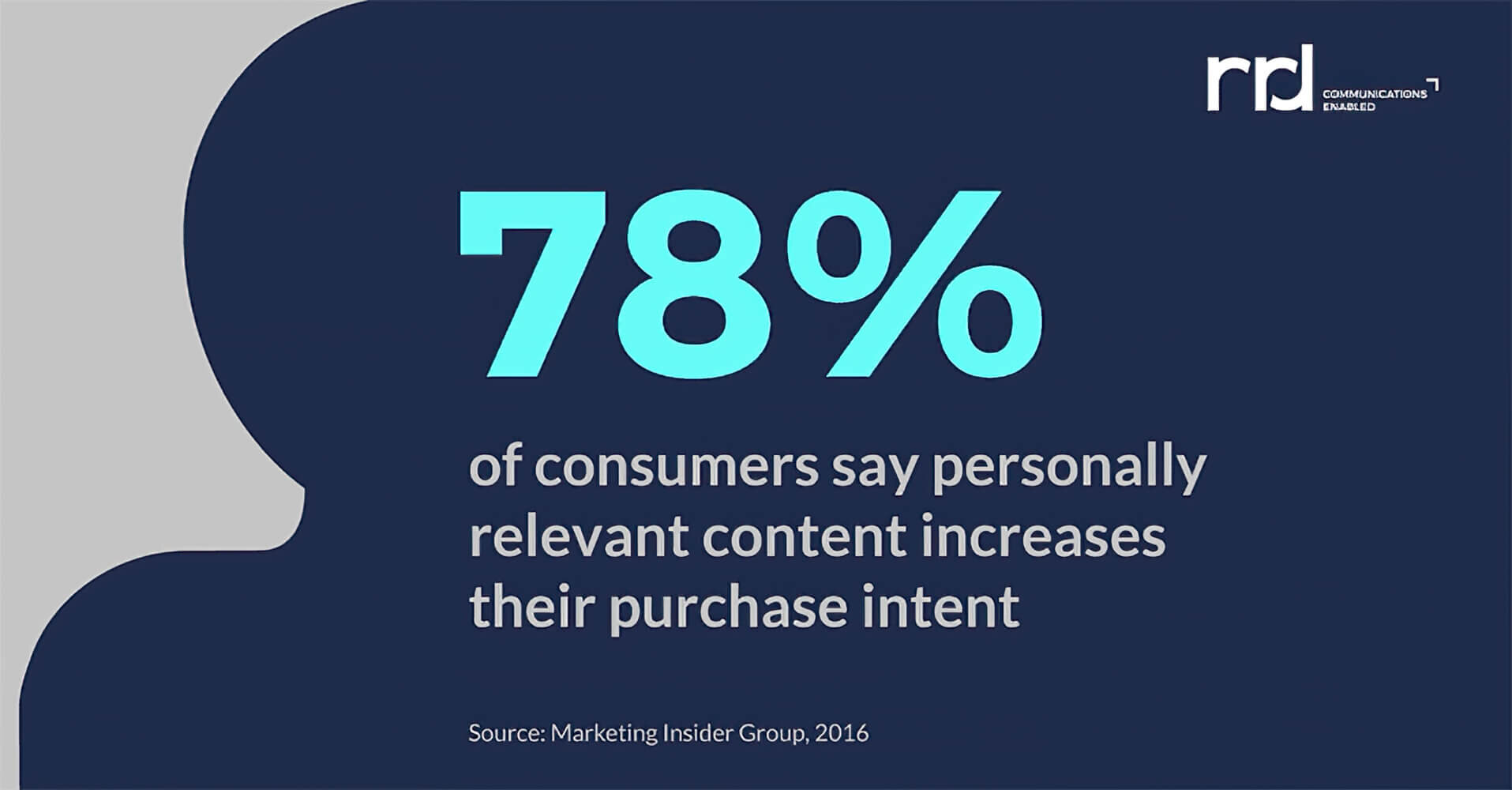
1. Changing Customer Expectations
When it comes to content, you might have listened to several digital marketers talking about maintaining the quality of anything sent to the users or customers. While it still holds, you must be wary of the one-size-fits-all content pattern, which often produces irrelevant content.
In this era of the Internet, every business is pushing forward content to impress audiences, often coming across as a bit too generic for consumers.
Rather than being bombarded with promotional messages, people want companies to recognise them as individuals. And more people, because it may encourage users, are interested in building a relationship with our company and are responsible for their approach despite improving their business.
Consumers find the usual content displayed by most businesses to be impersonal. If your competitors scale up and include more personal content, you must do the same to get the desired sales or engagement. Consumers may even completely stop engaging with outdated content or websites with irrelevant information.
2. Too Many Choices For Consumers
The great exponential digital transformation of the market has led to an environment where consumers have too many choices. This often leads to a confused state of mind and information overload, making it hard for consumers to decide.
As people spend more time on the internet browsing through various content, you truly need to provide something distinct. Hence, one of the only ways to engage through a quality written piece on our services is by adding the right amount of personalisation. This would make the customers feel that interacting with targeted content with your content is worth their time, leading to better conversion rates.
It’s recommended that you show your users or customers the best items rather than several things at once, which can lead to confusion. Try to understand the purchase intent and buyer persona to deliver content that is incredibly helpful to a potential customer or user in making the right decision.
We’ve found that using personalised marketing content boosts engagement and attracts quality leads, particularly for small business owners in eCommerce. These businesses can connect personally with potential customers through social media platforms or newsletters.
Such businesses can even host interactive quizzes or surveys to create personalised data-driven content and enhance the online user experience. This would help them rise above direct and indirect competitors by initiating a valuable relationship with the consumers.
3. Increases Time Spent On Website And Purchasing Intent
Many brands and companies fail to realise that customers prefer to be treated as human beings rather than just statistics. That’s why huge challenges have shifted towards consumer satisfaction, expecting companies to care more while producing content.
When you regularly create personalised content for your users or consumers, they will likely spend more time on your websites, app store, shops on shopping platforms, or using mobile apps. Additionally, providing relevant information makes people return to your website for more details about a similar topic.
According to the current trend, several reports state that internet users will likely stick with businesses that provide relevant content and offers. There’s even a probability of higher conversions as customer loyalty increases, with users actively engaging with your platform aren’t likely to switch brands.
How To Add Personalisation To Your Content Marketing Strategy?
We have told you the different facets of using content personalisation for your business or website. Now, it’s time to check out the basic step-by-step process necessary to implement a powerful personalisation strategy for successful lead generation.
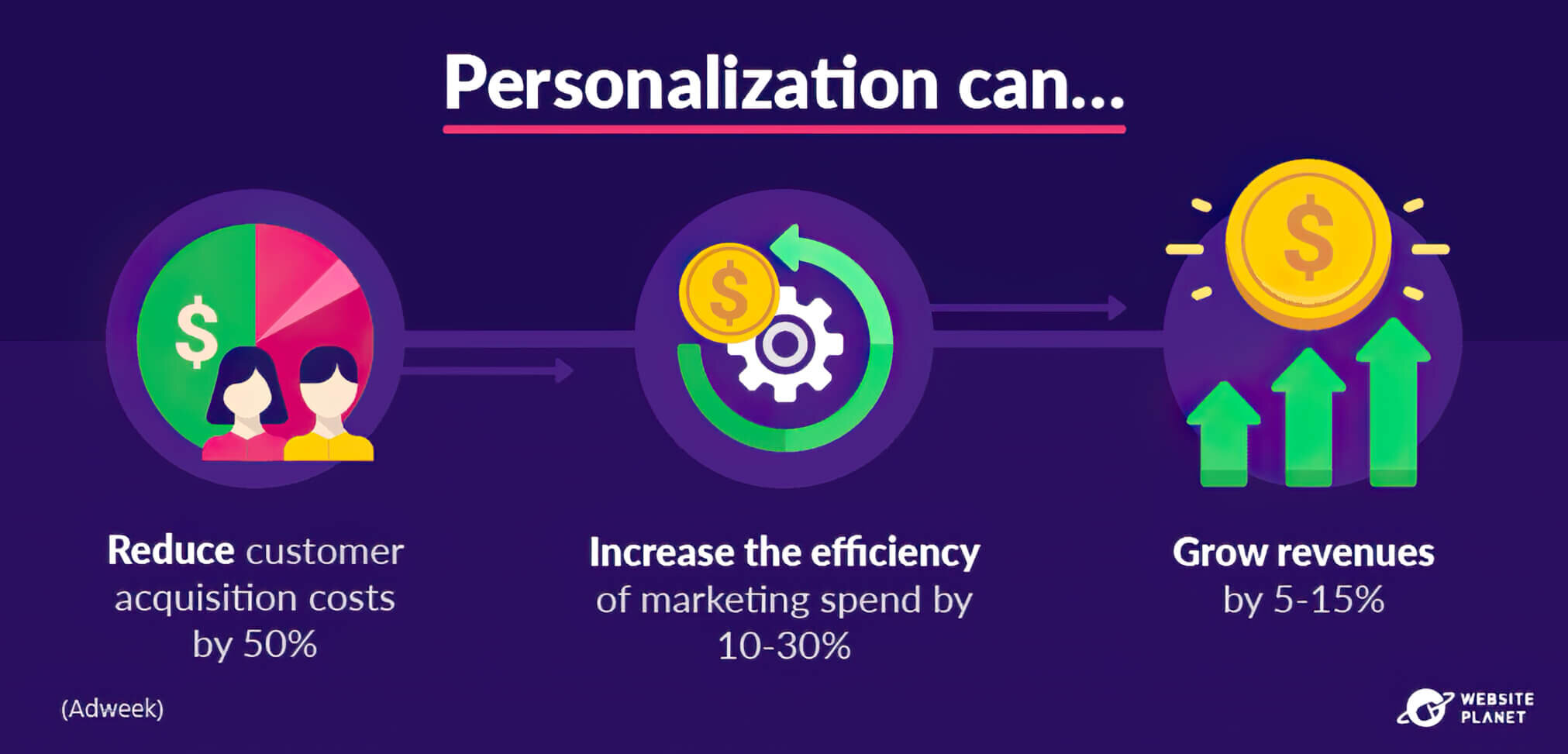
A. Collection Of Data
Collecting data, which has become easy, is one of the key factors that play a huge role in content success. Now, you’ll need to decide the tools you would use to gather the data. You can rely on your website’s cookies, use market studies, run satisfaction surveys, or third-party access data.
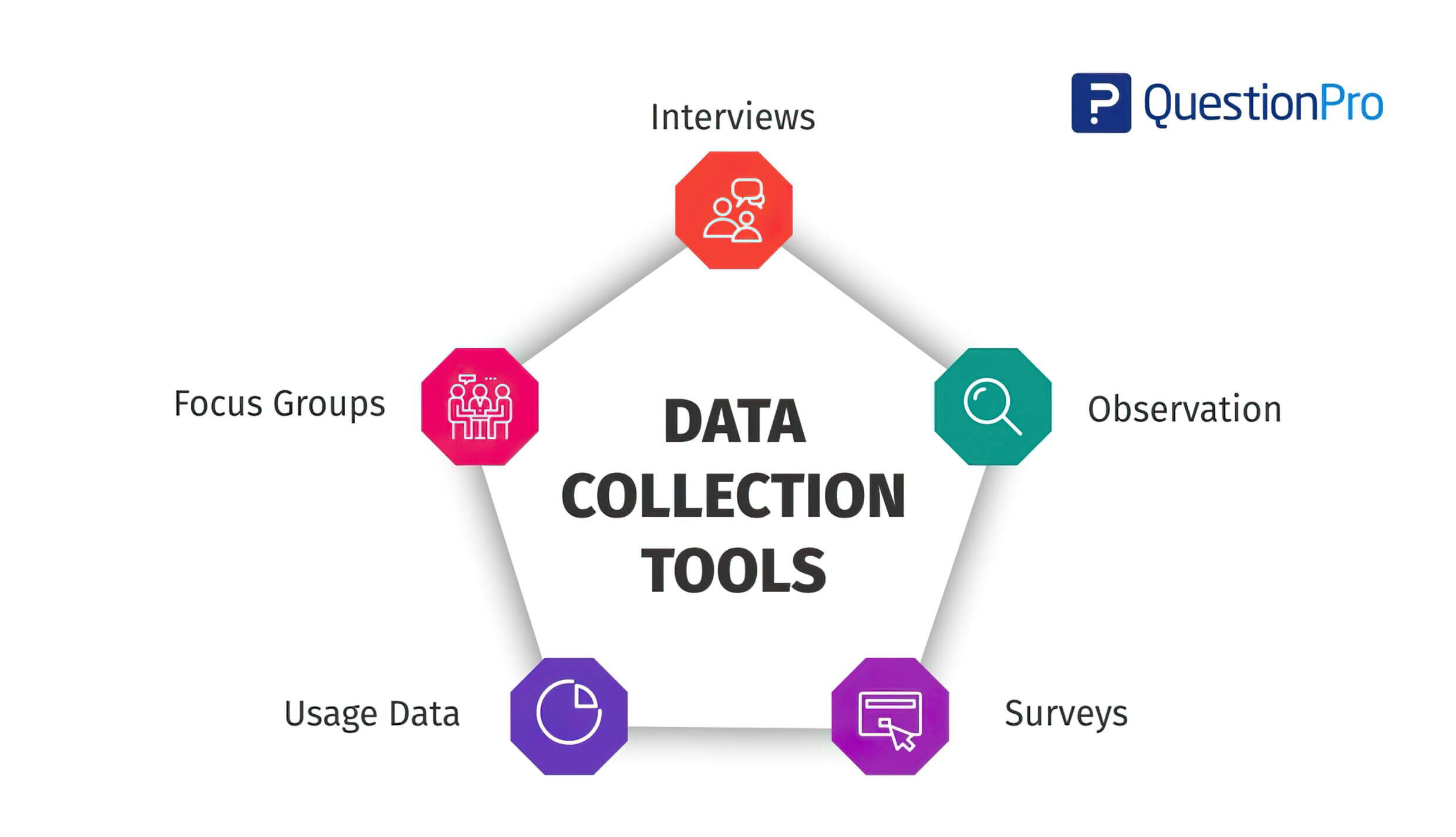
It’s worth noting that collecting demographic and behavioural data is essential to creating dynamic content. Knowing a small detail like a user’s device can help create more relevant content. Many businesses rely on customer data platforms or CDPs as they capture consumer data to segregate them into individual customer profiles.
B. Analysis
Once the data collection is over, you’ll need to analyse the data to find relevant content and check how to use it for successful and effective marketing action. Thanks to the various CRM platforms, this task has become much easier. You may also need to access a data management platform to organise and segment your audience segments or audience data efficiently.
C. Utilisation
After you have gained relevant knowledge about your target mass audience and users, it’s time to develop personalised content. It can be anything from coming up with relevant buyer personas to writing different versions of a marketing copy based on demographic data. Keep updating it so there isn’t a gap between your delivery and the audience’s expectations.
However, applying advanced personalisation to content marketing can be a bit tricky. You’ll need algorithms to automate the function and tackle the massive volume of data that needs to be collected.
Most businesses, brands, and website owners use personalisation to produce content, such as tailored blog articles, optimised landing pages with CTAs, tailored email marketing copies or individual emails, and interactive content.
Is It Possible To Measure The Outcome Of Content Personalisation?
We learned that one reason many content marketers still avoid using personalisation is the fear of not being able to calculate the results. But this isn’t necessarily true, as those who have implemented it mention that the performance is trackable.
Some rely on incremental revenue reports to track the money generated after applying content personalisation.
You can measure the effectiveness of a particular content by paying attention to its consumption quality, engagement values, and overall return.
If you’re beginning on a smaller scale, start by analysing returns based on your initial campaign goals. Additionally, identifying key performance indicators (KPIs) will give insights into how you can enhance content for better returns.
Customising Your Content For Target Audience
We hope our informative guide will help you design content with just the right personalisation to spice up the business and lend flavour to the brand.
Remember that content personalisation can take a while to truly show effective results. Some get disheartened after noticing little response from their personalised content in the initial days. But, it’s recommended to keep pushing forward and collecting more data on users’ specific interests to better your users or customers to create a personalised experience.
Another thing to keep in mind is privacy. Read more about any specific rights, requirements, or restrictions on collecting certain data. Never stop experimenting with your content, as even the slightest change can make a difference in attracting qualified leads and boosting conversion rates.
Our team at sitecentre® has perfected our content marketing strategies over the years and can help you implement a tailored content personalisation strategy to boost your leads and conversions. Please find out how we can help you by contacting us!
We look forward to seeing your winning content! Until next time, goodbye, and take care!






